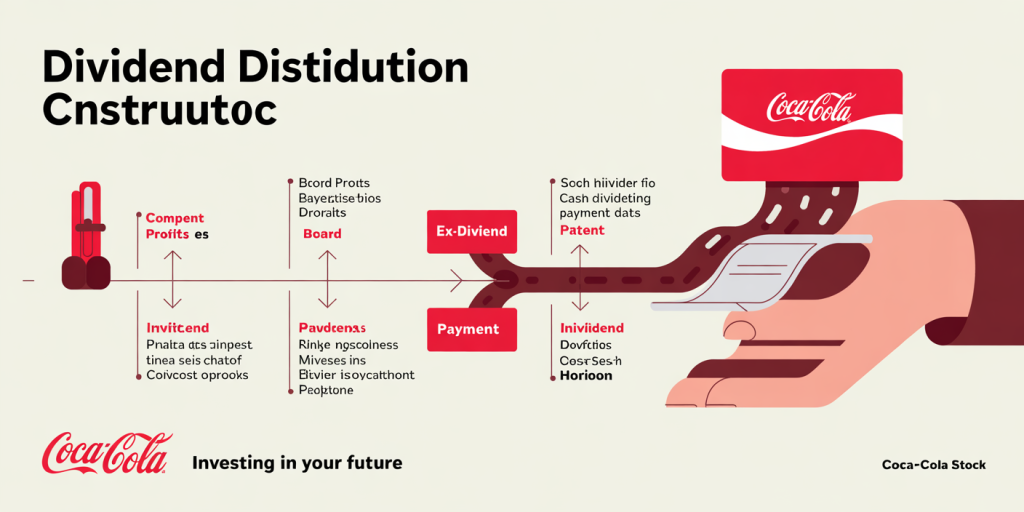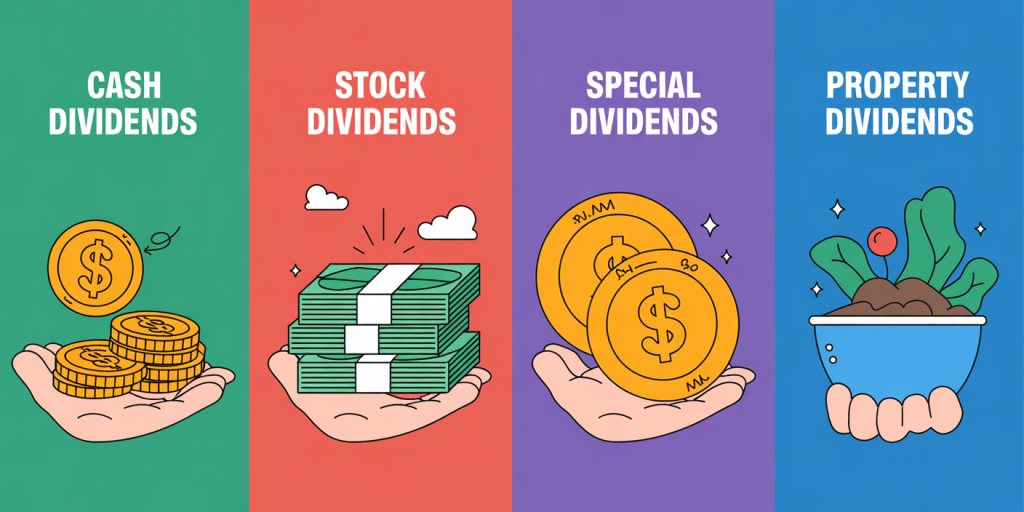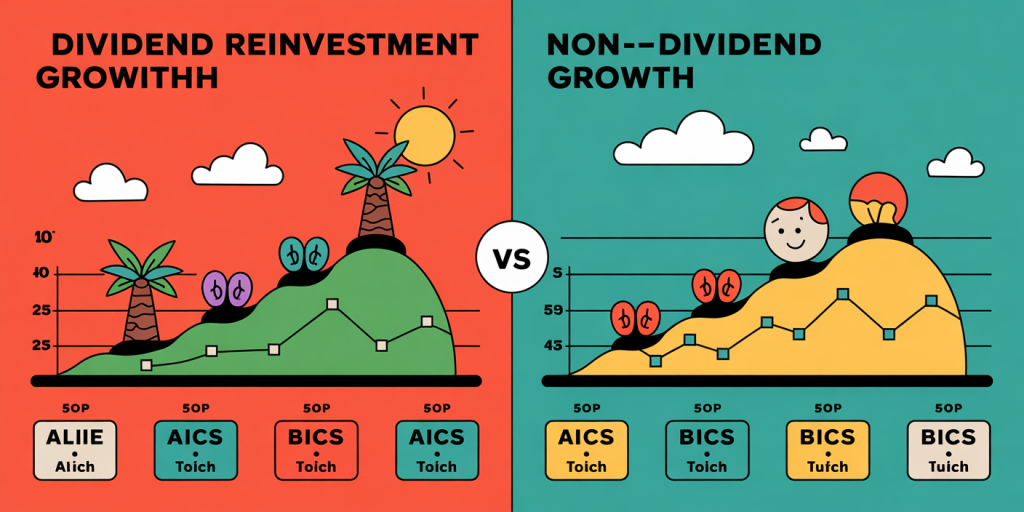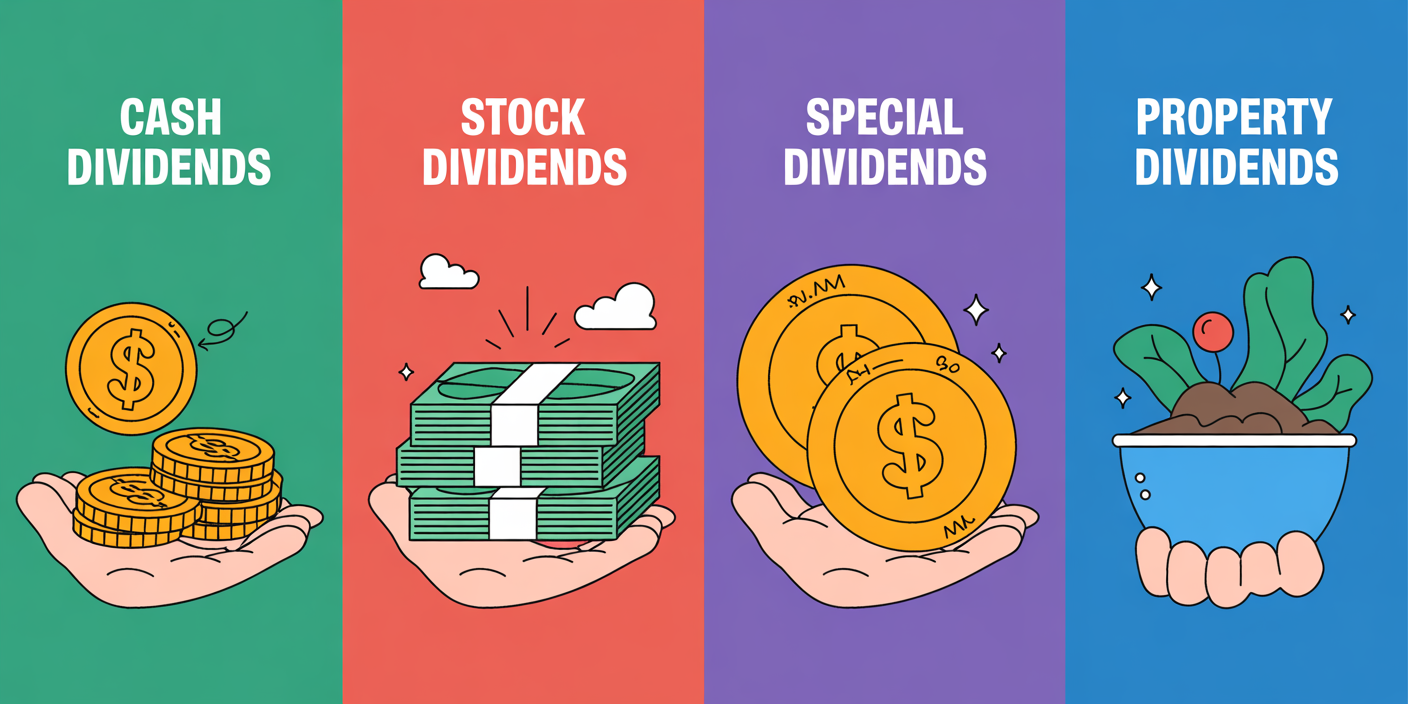How Dividends Work and Why They Matter in the Long Run
Dividends have been a cornerstone of investment strategies for decades, offering shareholders a steady income stream while signaling corporate health. As companies generate profits, they face a critical decision: reinvest earnings back into the business or distribute a portion of these earnings to shareholders in the form of dividends. Understanding how dividends function and their significance in long-term investing is essential for anyone looking to build wealth through the stock market. This article delves deep into the mechanics of dividends, explores their advantages, and highlights why they remain a fundamental element in portfolio management over time.
The Basics of Dividends: Definition and Distribution Process
Dividends are payments made by a corporation to its shareholders, typically derived from profits or retained earnings. They provide investors with direct, periodic income, often in cash, although companies also may issue stock dividends. Dividends are declared by a company’s board of directors and distributed at regular intervals: quarterly, semi-annually, or annually.

To receive dividends, shareholders must own the stock before the ex-dividend date, a critical cutoff point set by the stock exchange. After this date, new buyers of the stock are ineligible for the upcoming dividend. On the payment date, the company transfers the dividend amount to eligible shareholders, effectively sharing a portion of its financial success.
A practical example of dividend distribution can be seen with The Coca-Cola Company. Coca-Cola has maintained a long history of dividend payments, choosing to reward shareholders regularly despite market fluctuations. In 2023, Coca-Cola declared a quarterly dividend of $0.44 per share, exemplifying a firm commitment to consistent shareholder returns. This consistent payout attracts investors seeking stability alongside growth.
Types of Dividends and Their Impact on Investors
Dividends are not limited to cash payments; there are several forms that they can take, each impacting investors differently. The primary types include cash dividends, stock dividends, special dividends, and property dividends. Cash Dividends: The most common form, paid out directly in cash to shareholders. This is often preferred by income-focused investors for its immediacy and simplicity. Stock Dividends: Instead of cash, shareholders receive additional shares of stock. For instance, a company might issue a 5% stock dividend, providing five extra shares for every 100 owned. While this doesn’t provide immediate cash, it can increase the investor’s holdings and potential future earnings. Special Dividends: These are one-time payments paid when a company has excess earnings, such as after selling a major asset. Special dividends can be significantly larger than regular dividends but are unpredictable. Property Dividends: Rarely used, these involve distributing physical assets or securities to shareholders instead of cash.

The choice of dividend type influences how investors can utilize their returns. Cash dividends provide liquidity and flexibility; stock dividends enhance compound growth potential over time. For example, tech companies like Apple have historically favored stock buybacks over dividends, while utilities often distribute steady cash dividends to attract income investors.
Why Dividends Matter in the Long Run: Wealth Accumulation and Stability
Dividends play an essential role in long-term wealth accumulation, primarily through the power of compounding. When dividends are reinvested to purchase additional shares, investors can benefit from exponential growth over decades. This reinvestment process allows earnings to snowball—a dollar earned today can generate its own earnings tomorrow.

Data from the S&P 500 between 1957 and 2022 illustrates this clearly. According to Credit Suisse’s Global Investment Returns Yearbook 2023, approximately 43% of the S&P 500’s total return comes from dividends and their reinvestment. Without dividends, the index’s growth rate drops significantly, underscoring the impactful role of dividend income.
Moreover, companies that consistently pay dividends tend to exhibit financial health and stability. The ability and willingness to distribute earnings indicate strong cash flow and profitability, often making dividend-paying stocks less volatile. This makes dividends particularly appealing during economic downturns, as investments may still generate income despite market turmoil.
Consider Johnson & Johnson, a company known for paying uninterrupted dividends for over 60 years. Its consistent dividend payments have cushioned shareholders against market dips, providing steady returns that outperform many growth-only investments over the same period.
Comparative Overview: Dividend Stocks vs. Growth Stocks
Understanding dividends fully requires comparing dividend-paying stocks with growth stocks, the latter often foregoing dividends to reinvest all profits back into expansion.
| Feature | Dividend Stocks | Growth Stocks |
|---|---|---|
| Income Generation | Yes, provides regular income | No, rarely pay dividends |
| Volatility | Generally lower | Often higher |
| Long-Term Total Return | Combination of income and capital appreciation | Primarily capital appreciation |
| Risk Profile | Lower due to stable cash flows | Higher due to reinvestment risks |
| Best For | Income-focused investors, retiree portfolios | Investors seeking capital gains |
Dividend stocks, like utilities or consumer staple companies (Procter & Gamble, AT&T), often deliver steady returns and reduce portfolio risk. Growth stocks, such as Tesla or NVIDIA, focus on scaling rapidly, which may or may not translate to dividend payments but offer substantial capital gains.
Investors must assess their objectives when choosing between these types. A balanced portfolio frequently combines both to optimize growth and income.
Tax Implications and Dividend Strategies for Investors
Understanding how dividends are taxed is crucial for maximizing net returns. In many countries, including the United States, dividends are classified as either qualified or non-qualified (ordinary) dividends. Qualified dividends benefit from lower tax rates, typically aligned with long-term capital gains tax brackets, which range from 0% to 20% depending on income. Non-qualified dividends are taxed as ordinary income, often at higher rates.
For example, in 2023, a U.S. investor in the 22% tax bracket pays 15% on qualified dividends but 22% or more on unqualified dividends. This difference can significantly affect after-tax returns.
Dividend-focused investors often apply strategies such as dividend reinvestment plans (DRIPs), allowing automatic reinvestment of dividends without brokerage fees, accelerating compounding benefits. Additionally, tax-advantaged accounts like IRAs or 401(k)s can shield dividends from immediate taxation, further enhancing their long-term impact.
Real-World Case Study: The Power of Dividends Over Time
To illustrate dividends’ power, consider two investors—Alice and Bob. Alice invests $10,000 in a dividend-paying stock with a 3% annual dividend yield and 6% price appreciation, reinvesting her dividends. Bob invests the same amount in a non-dividend stock growing at 9% annually but pays no dividends.
After 30 years, let’s examine their portfolios:
| Investor | Initial Investment | Annual Yield (Dividends) | Annual Price Appreciation | Ending Portfolio Value |
|---|---|---|---|---|
| Alice | $10,000 | 3% | 6% (total 9%) | $76,000 (approximate) |
| Bob | $10,000 | 0% | 9% | $66,000 (approximate) |
While both grow substantially, Alice’s reinvested dividends contribute to an additional $10,000 in gains over Bob’s non-dividend strategy. This simplified example confirms that dividends not only provide income but also enhance total return in the long term.
Looking Ahead: The Future of Dividends in an Evolving Market
Dividend investing remains steadfast but must adapt to shifting economic landscapes and corporate practices. Recent trends show companies increasingly balancing dividends with share buybacks as ways to return capital to shareholders. For instance, Apple is among the largest global share repurchasers but has steadily increased dividends since initiating them in 2012.
Technological advancements and changing investor preferences may reshape dividend expectations. Younger generations often prioritize growth and ESG (Environmental, Social, Governance) factors, favoring companies that reinvest heavily for innovation. However, aging populations and retirees will continue to rely on dividends for income, sustaining demand.
Furthermore, globalization expands dividend opportunities across emerging markets. According to MSCI Emerging Markets Dividend Index data, dividend yields on emerging market equities average around 3.5%, higher than many developed markets, presenting a compelling case for diversification.
In light of inflationary pressures and fluctuating interest rates seen in recent years, dividend stocks have also shown resilience, often outpacing fixed income investments in total return. This resilience positions dividends as a vital component for portfolios seeking both growth and income.
As regulatory frameworks evolve, especially around taxation and corporate governance, investors should stay informed on how these changes might impact dividend payouts and strategies. The digital era opens new frontiers for dividend automation and blockchain-enabled ownership tracking, potentially transforming dividend distribution efficiency and transparency.
Dividends are more than just periodic payments; they embody the sharing of corporate success and the potential for sustainable wealth creation. For investors focused on the long run, understanding the mechanisms behind dividends, their advantages, and future trends ensures informed decisions that harness dividends’ full power in portfolio growth and income stability.
